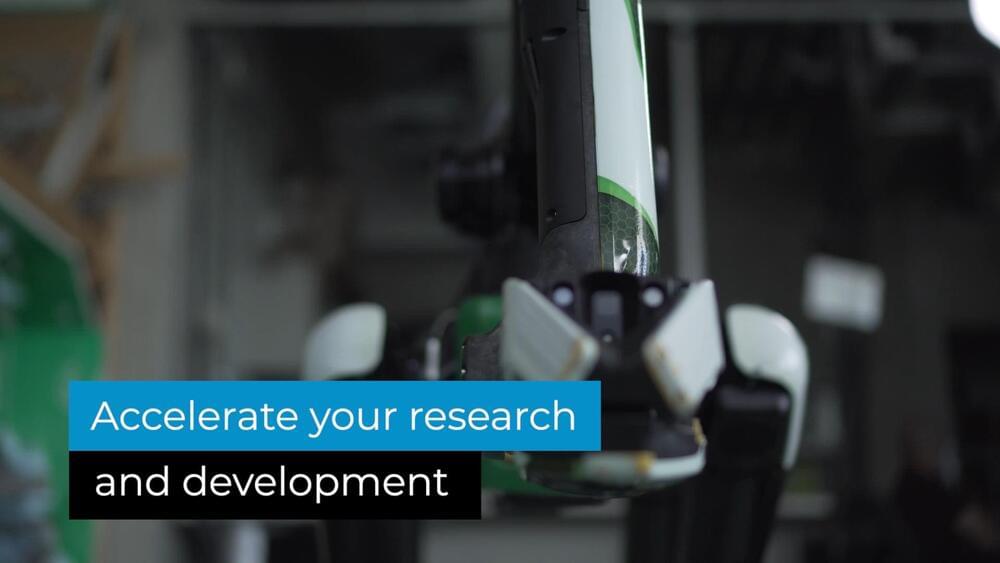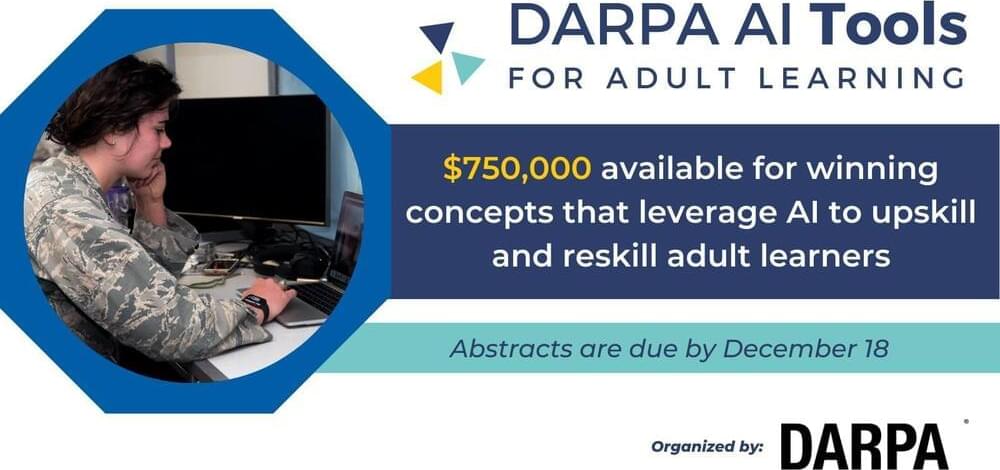
Get the latest international news and world events from around the world.

The Posthuman University
Posthumanuniversity.com Now streaming https://ditto.fm/hypermodern-magic
Videos, books, e-books, games software, nu music.


We’re thrilled
We’re thrilled to announce a new ideation opportunity for innovative adult learning solutions. AI Tools for Adult Learning will award a total of $750,000 to winning concepts. Submit your abstract by Dec. 18.
We’re seeking your innovative ideas for tools or technologies to enhance learning and skills development among adults. We’re especially interested in surfacing ideas that leverage intelligent tutoring to allow adult learners to self-direct learning and develop critical skills.
Technologists, researchers, students, teachers, and creators of digital learning platforms or cutting-edge AI techniques are invited to participate. By doing so, you will gain access to a network of experts and receive feedback and technical support.

The U.S. Department of Energy’s
The U.S. Department of Energy’s INCITE program has awarded supercomputing time to 56 projects!
Managed jointly by the Argonne Leadership Computing Facility and Oak Ridge Leadership Computing Facility, INCITE supports large-scale, computationally intensive projects that address “grand challenges” in science and engineering.


Civilizations at the End of Time: Black Hole Farming
In this video we jump trillions of years into the future to examine the concept of civilizations living in a dark, post-stellar Universe, where we encounter some surprising possibilities about just how abundant and robust life might be in a seemingly dark and dead Universe.
See all the videos at:
http://www.isaacarthur.net.
Support the Channel on Patreon:
https://www.patreon.com/IsaacArthur.
Listen or Download the audio of this episode from Soundcloud:
https://soundcloud.com/isaac-arthur-148927746/cs09-black-hole-farming.
Cover Art by Jakub Grygier:
https://www.artstation.com/artist/jakub_grygier.
Blandford-Znajek mechanism versus Penrose process by S. S. Komissarov (2008):
Boltzmann Brains — Why The Universe is Most Likely a Simulation
Start learning today with Brilliant! https://brilliant.org/upandatom.
Watch Part 2 over on Isaac Arthur’s channel.
https://www.youtube.com/channel/UCZFipeZtQM5CKUjx6grh54g.
If you’d like to know more about Boltzmann Brains, here are some informative papers:
https://arxiv.org/abs/hep-th/0208013
https://arxiv.org/abs/0704.2630
https://arxiv.org/abs/hep-th/0611271
https://arxiv.org/abs/hep-th/0611043
https://arxiv.org/abs/1708.00449
https://arxiv.org/abs/1702.
Hi! I’m Jade. Subscribe to Up and Atom for physics, math and computer science videos!
*SUBSCRIBE TO UP AND ATOM* https://www.youtube.com/c/upandatom.
